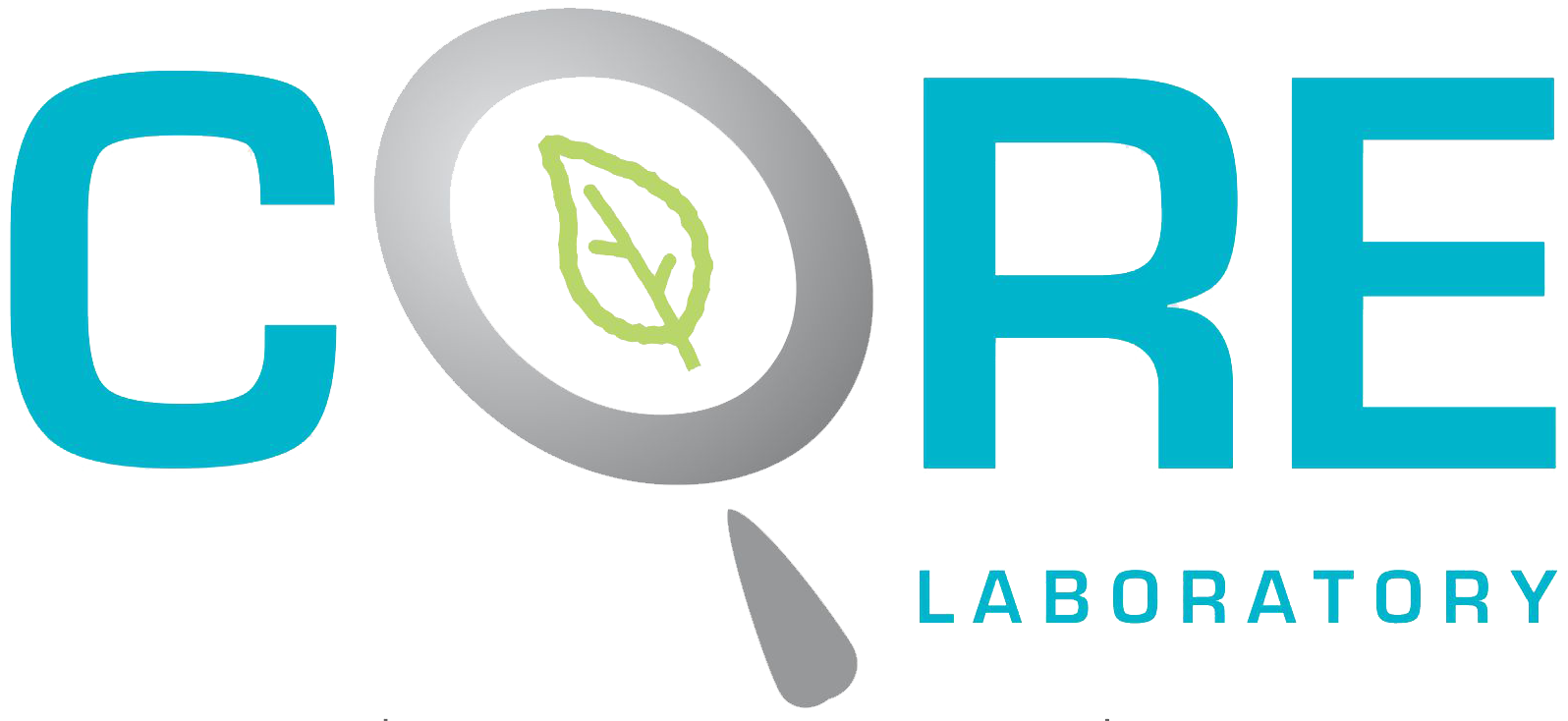Shelf Life
The Shelf life of sample can be defined as the period of time within the product is safe to be consumed by the consumer. The food product is conditioned and stored at elevated temperature and/or elevated humidity and the quality changes of the product are evaluated at a specific time rate.
It can be two or four times faster than real time shelf life
The basic assumption underlying accelerated shelf life testing (ASLT) is that the principles of chemical kinetics can be applied to quantify the effects which extrinsic factors such as temperature, humidity, gas atmosphere and light have on the rate of deteriorative reactions. By subjecting the food to controlled environments in which one or more extrinsic factors is maintained higher than normal level, the rates of deterioration will be accelerated, resulting in shorter than normal time for product failure. Because the effects of extrinsic factors on deterioration can be quantified, the magnitude of the acceleration can be calculated and the “true” shelf life of the product under normal conditions can be calculated.
Accelerated shelf life analysis is normally conducting on food products which have a shelf life of more than 3 months.
